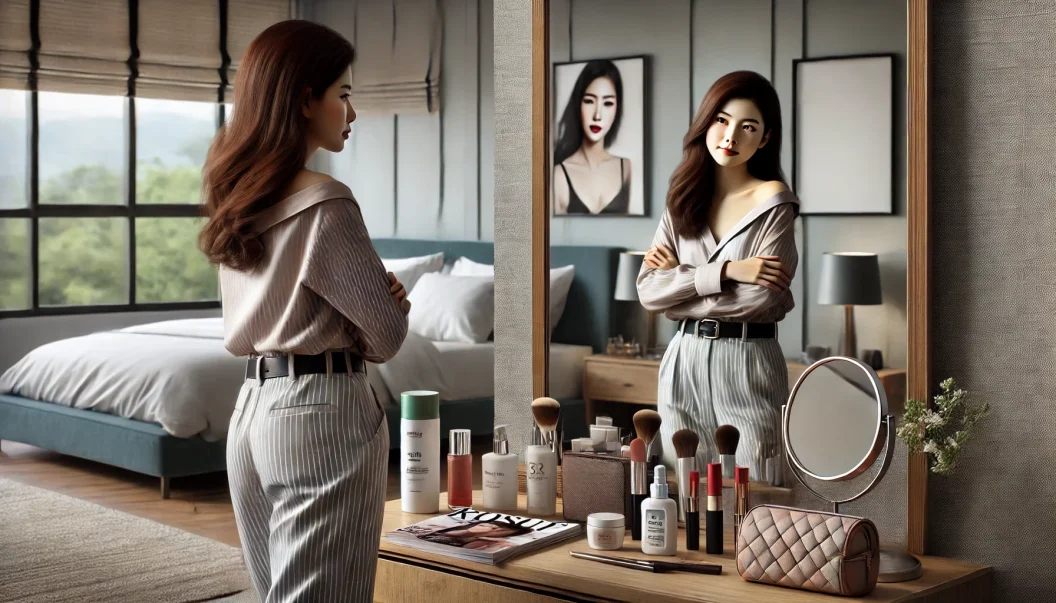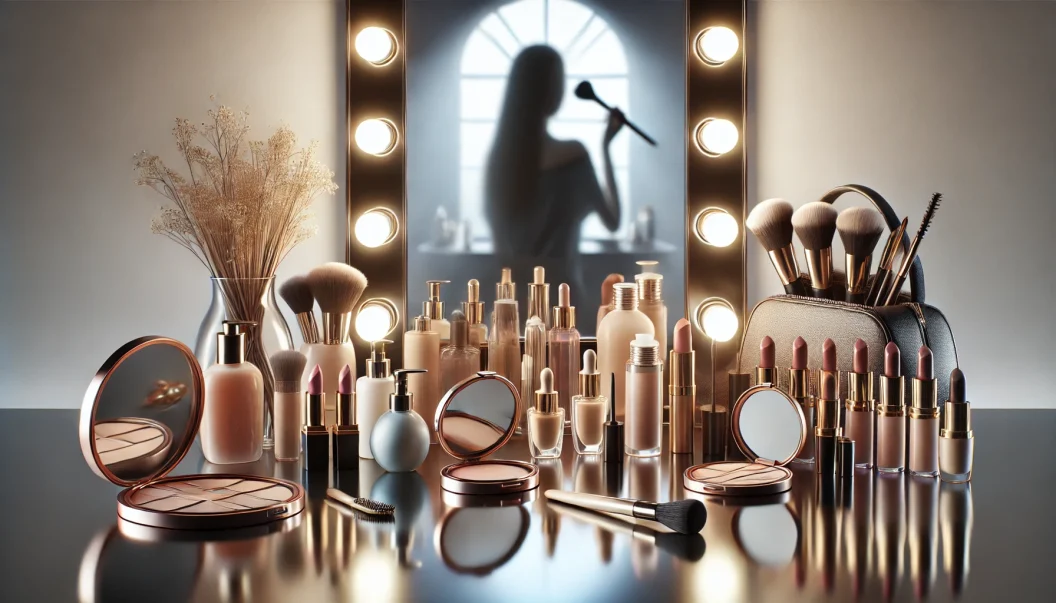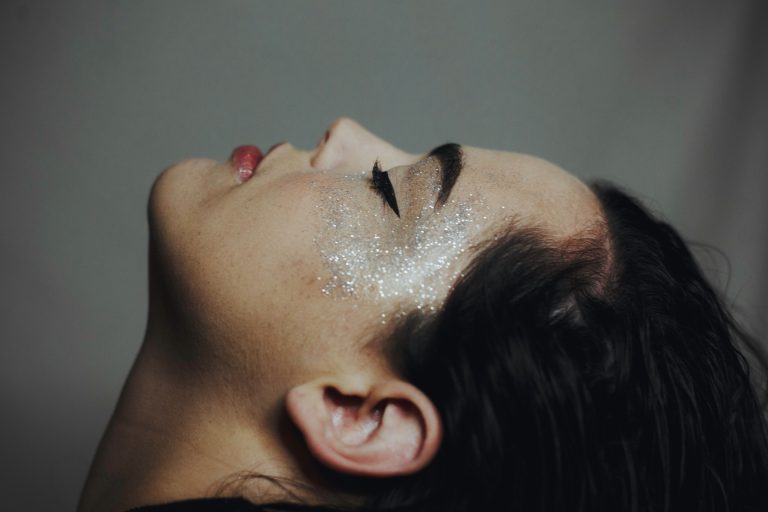Table of Contents
Media’s Influence on Modern Beauty Expectations

The media, with its vast reach and ever-evolving platforms, plays a pivotal role in shaping societal norms and ideals. Modern beauty expectations, in particular, have been heavily influenced by media portrayals, creating a cultural standard that affects individuals worldwide. From glossy magazine covers to the endless scroll of social media feeds, the influence is both pervasive and profound.
How Media Influences Modern Beauty Expectations
The Evolution of Beauty Standards
Historically, beauty ideals varied across cultures and eras, reflecting local values and traditions. However, the advent of mass media introduced a globalized narrative of beauty, often dominated by Western standards. Television, films, and print media initially set these benchmarks, showcasing unattainable physical perfection that viewers aspired to replicate.
Today, social media platforms amplify these expectations, with influencers and celebrities presenting curated versions of their lives and appearances. While these images inspire trends and aesthetics, they often promote an unrealistic vision of beauty, heavily reliant on filters, editing, and cosmetic enhancements.
Psychological Impacts of Media-Driven Beauty Ideals
Media-driven beauty standards can significantly impact mental health. Studies show that constant exposure to idealized images leads to body dissatisfaction, low self-esteem, and eating disorders. Social comparison is a natural human behavior, but when the comparisons are against unrealistic portrayals, the emotional toll can be severe.
Young individuals, particularly teenagers, are most vulnerable to these pressures. The rise of selfie culture and apps like Instagram and TikTok has intensified the scrutiny of one’s appearance, leading to heightened anxiety and a relentless pursuit of perfection.
The Role of Media in Diversifying Beauty
Despite its flaws, the media also has the power to challenge traditional beauty norms and embrace diversity. Movements like body positivity and campaigns featuring models of all shapes, sizes, and ethnicities are gradually reshaping the narrative. Social media has also given a platform to individuals who defy conventional beauty standards, inspiring others to embrace their uniqueness.
However, the pace of change remains slow, and the pressure to conform persists. Genuine inclusivity requires more than token representation; it demands a fundamental shift in how beauty is portrayed across all media platforms.
Redefining Beauty in the Modern Era
Individuals and organizations must advocate for realistic and inclusive portrayals to combat the harmful effects of media-driven beauty ideals. Media literacy education can empower audiences to critically evaluate their content, recognizing the artificial nature of many beauty portrayals.
Brands and influencers should prioritize authenticity, promoting unedited and unfiltered images that celebrate individuality. By fostering a more accepting culture, the media can redefine beauty as personal and inclusive rather than a rigid, unattainable standard.
Closing Thoughts

The media’s influence on modern beauty expectations is undeniable, but it doesn’t have to be negative. By challenging outdated norms and embracing diversity, the media has the potential to inspire confidence and self-acceptance in a global audience. True beauty lies in authenticity, and it’s time for the media to reflect that truth.








